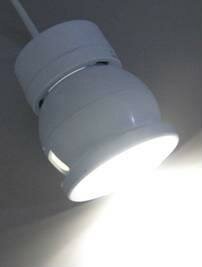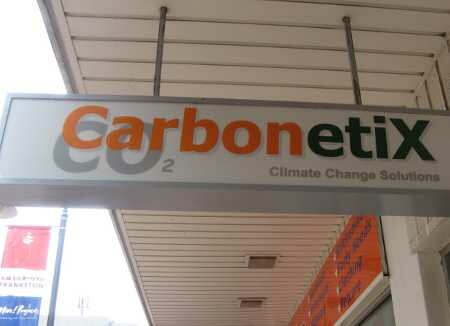Local climate extremes demand concerted positive action
Tuesday, February 10th, 2009Black Saturday 7 February 2009: Melbourne’s temperature reached 46.4 degrees (116.5 deg F), fanned by strong hot winds 400 bushfires across the state killed over 170 people and destroyed 700 homes. And the dams supplying the state with water are at record lows.
If letters to the editor in the newspaper are any indication, many people are making the link between the terrible events of 7 February and climate change.
Fifteen years ago – on 21 March 1994 in Rio de Janeiro the United Nations Framework Convention on Climate Change (UNFCCC) came into existence. This document states that “The Parties should take precautionary measures to anticipate, prevent or minimize the causes of climate change and mitigate its adverse effects. Where there are threats of serious or irreversible damage, lack of full scientific certainty should not be used as a reason for postponing such measures.”
Australia’s parliament ratified the convention in 1992 – before it came into force. The USA ratified it in 1992. China ratified it in 1993. 192 countries around the world have ratified the UNFCCC.
Yet fifteen years on global carbon emissions have ballooned. Clearly the parties have NOT undertaken precautionary measures to prevent of minimise the causes of climate change and mitigate its adverse effects.
Based on my understanding of climate change science had there been concerted action to take precautionary measures fifteen years ago Victoria may have still experienced Black Saturday, although perhaps it might not have been quite as bad. This is because of the tremendous inertia in climatic systems. I’d be happy to stand corrected on this by someone suitably qualified.
However if we had managed to cut global carbon emissions from 1994 on I believe that the likely 50 degree temperatures that I have a feeling Victoria may be experiencing in the next twenty or thirty years probably could have been avoided. And that we may well have in our vocabulary then a complete set of Black days – a Black Sunday, a Black Monday, a Black Tuesday, a Black Wednesday, a Black Thursday, a Black Saturday and a Black Sunday.
Unfortunately based on what I read of the science of climate change this full suite of Black days could now well be locked in because of the great inertia of our climatic systems. However if we do manage to greatly cut emissions now we may avoid even worse weather.
Why, in 2009, are atmospheric concentrations of greenhouse gases still on the rise? I believe primarily because of fear of the economic costs that may arise if resources were put into cutting carbon pollution. Fear fanned by fossil fuel dependent industries.
Yet ever since former World Bank chief economist Nicolas Stern published the Stern Review of Climate Change in 2006 its been credibly shown that the future economic consequences of inaction far outweigh the economic costs of acting now to prevent dangerous climate change.
Whoever you are that is reading this – if you are shocked by the events of Black Saturday - let me put it to you that you should consider cutting your carbon emissions to lessen the number of future black Tuesdays. Don’t just say this is the government’s problem and leave it at that. You see most governments around the world are not doing enough to drive the sorts of carbon cuts we need. The Australian federal government is an example of this – the 5% carbon reduction target by 2020 is laughable given what the science is saying.
So it is up to all of us to do something – both at home and also at work. Don’t just bitch and moan about how the government isn’t doing enough. Do something yourself. Take whatever assistance you can get from your government - but don’t stop at that - go beyond that. People of the world – unite to cut our carbon emissions – hopefully our government’s will one day start to genuinely lead instead of just continuing to play the prisoner’s dilemma. (That is saying they recognise there is a problem, but aren’t willing to act unless other countries act because acting alone would be bad for the economy and that acting along wouldn’t reduce carbon emissions sufficiently to actually make much of a difference). And if you live in Victoria, make a fire plan.
And let me also suggest that choosing to act may not be of that much economic cost now, that in fact if you are particularly wasteful in your use of fossil fuel sourced energy that you may still be in front financially by cutting your carbon pollution - even after you’ve spend some of your savings to buy 100% greenpower. And that choosing to act now may well be of great benefit to you and your family in the future.
At home get a smaller car. Then substitute a drive with a phone call, a walk or a cycle. Switch off stuff not in use - at the wall. Insulate. Get rid of those horribly wasteful halogen downlights.
At work do an energy audit, or get one done, and act on it. Delamp. Optimise your cooling and heating. Turn off stuff not in use - at the wall. Get energy efficient computers and equipment.
At home and work buy 100% certified green power, or get solar panels (make sure you aren’t selling the carbon savings in exchange for a discount from the supplier).
Climate change demands a vigorous, positive response - the more of us who do this, the greater the likelihood of climate stability in the future.















